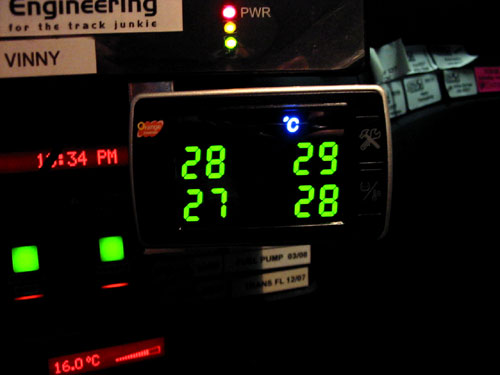TPMS mounted on cars functions to monitor the vehicle’s tyre pressure and alerts drivers of over and under inflations. As of 1 January 2015, a car with a TPMS fault when submitted for its MOT will result in a test failure. So does your car have it and how do you know if it’s working?
“Although TPMS technology has been around for decades, its inclusion in new model vehicles has only been mandated in Europe since 2012 and on all new cars since 2014. This led to a gradual introduction into the market over a period of years and with little or no fanfare to help educate motorists,” noted Stuart Jackson, Chairman of TyreSafe. “Our members have been telling us that they’re encountering a lot of customers who either aren’t aware of how these systems work (and need to be maintained) or just see them as an expensive luxury rather than the crucial safety feature they are.”
While the benefits of TPMS are widely recognised, it is important that they are not seen as a replacement for regular manual tyre safety checks. Pressures should be tested at least once a month or before any long journey, when the tyres are cold using an accurate and reliable pressure gauge.
When checking pressures, it is advisable to also give the rest of the tyre a thorough visual inspection as well as ensuring the tread is not excessively or unevenly worn.
To ensure your TPMS system continues to operate properly and reduce the likelihood of an MOT failure, it may be necessary to have the system serviced occasionally. TPMS sensors are designed to last for many years and miles, however, after a certain period, the sensor’s internal battery will run out meaning a replacement is needed.
In addition, sensors can become faulty or fail completely as a result of weather damage, corrosion or accidental damage caused when changing tyres. To ensure the sensor remains in good condition, many manufacturers recommend replacement of the valve cap and core components every time a tyre is changed.
When replacement TPMS sensors are fitted to your vehicle, your tyre fitter may need to program the new component to the car using specialist diagnostic equipment. If your TPMS sensor does develop a fault, under no circumstances should this be removed and replaced with a ‘standard’ non-TPMS type valve. Removing the sensor will not only reduce your safety on the road, it will also result in your car failing its MOT.

A faulty TPMS can lead to MOT failure
by
Tags:
